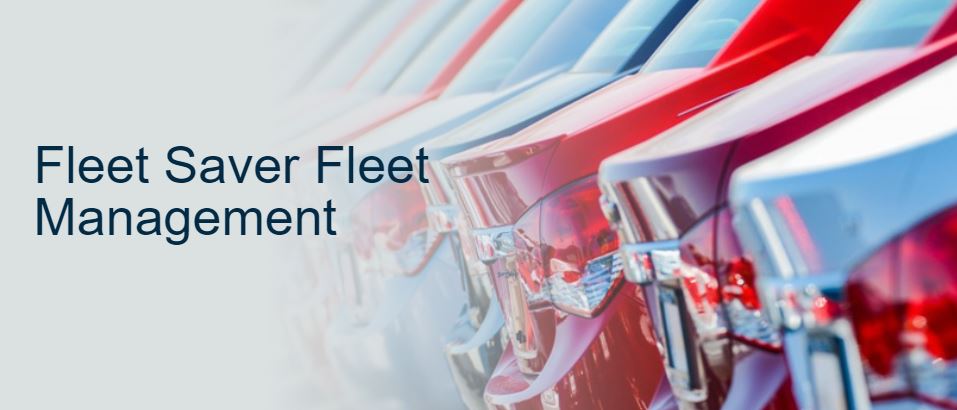Fringe Benefits Tax or FBT, is a term you hear quite often when talking about vehicles for business use or novated leasing but what does it mean and how does it affect employer and employee?
The Base Value of a Car
The Base Value of a vehicle is the value used by the ATO to calculate your FBT so what is it?
What is base value of a car you own?The base value of a car you own is:
All cost and charges include goods and services tax (GST) and luxury car tax where appropriate. Non-business accessories are fitted accessories not required to meet the special needs of your business operations. An example of a business accessory is a fitted GPS in a salesman's car, while alloy wheels, rear spoilers and seat covers are non-business accessories. Any non-business accessories added after you purchase the car increase the base value of the car for the year in which they are added and for subsequent years. |
| Where the vehicle is designed to carry one tonne or more, you may be eligible for an exemption under the motor vehicles - residual fringe benefits exemption.
Example: Exempt use
Example: Non-exempt use
A dual cab that has a designed load-carrying capacity of less than one tonne may qualify for the work-related use exemption only if the vehicle is not designed for the principal purpose of carrying passengers. To determine whether the majority of the designed load capacity is attributable to passenger-carrying capacity, multiply the designed seating capacity (including the driver's seat) by 68 kilograms, which is the figure used for applying the Australian Design Rules. If the total passenger weight so determined exceeds the remaining 'load' capacity, the vehicle is treated as being designed for the principal purpose of carrying passengers and is ineligible for the work-related use exemption.
Example: Dual cab vehicles A dual cab vehicle with a gross vehicle weight of 1,950 kilograms, a basic kerb weight of 1,400 kilograms and a designed seating capacity of five would be considered a vehicle designed principally for carrying passengers. This is because the majority of the total load capacity (340 kg (5 × 68 kg) of a total of 550 kg) would be absorbed by its designed passenger-carrying capacity. |
Novated leases and FBT
Full novation
Under this arrangement, an employee leases a vehicle from a financier using a standard finance lease agreement.
The employee, the employer and the financier then enter into a novated lease, which transfers to the employer for the term of the lease:
- the employee's obligation to pay the lease payments
- the right to use the vehicle
- other obligations under the finance lease.
As the employer in the novated lease, you are entitled to a deduction for lease expenses where the vehicle is used in the business or provided to an employee as part of a salary packaging arrangement.
However, this rule does not apply to leasing a luxury car. In the case of a luxury car, the deduction is based on an accrual amount and depreciation is subject to the luxury car depreciation limit.
ECM (Employer contribution method)
Most good salary packagers use the ECM method when setting up a novated or fully novated lease.
This means that they calculate the maximum you can claim as an employee from your vehicle use and lease and only deduct that amount pre-tax.
This means those employees using the ECM method properly for their salary packaging will not be liable for FBT payments and neither will the employer.
For employers and employees seeking more information about their FBT liabilities or requirements you can call the National Fleet Hotline on 1300 63 7283

Fleet Saver
This is the latest product developed by National Fleet. It is an offset of the Salary Saver product, purpose built for small to medium business. The product allows small business to manage their fleet of vehicles more efficiently and have no more paper trail or excel spreadsheet.
- Track and arrange vehicle servicing.
- Track and manage all associated vehicle costs like insurance, service and maintenance and registration renewal.
- Provide finance payments on set dates for your entire fleets.
- Provide fuel purchasing and monitoring usage from each driver.
Provide accounting information on all vehicle operational expenses
- Allow live tracking for vehicle location and use.
- Provide live FBT monitoring for accounting purposes.
Learn More
Get a fast ONLINE Quote now for your finance


